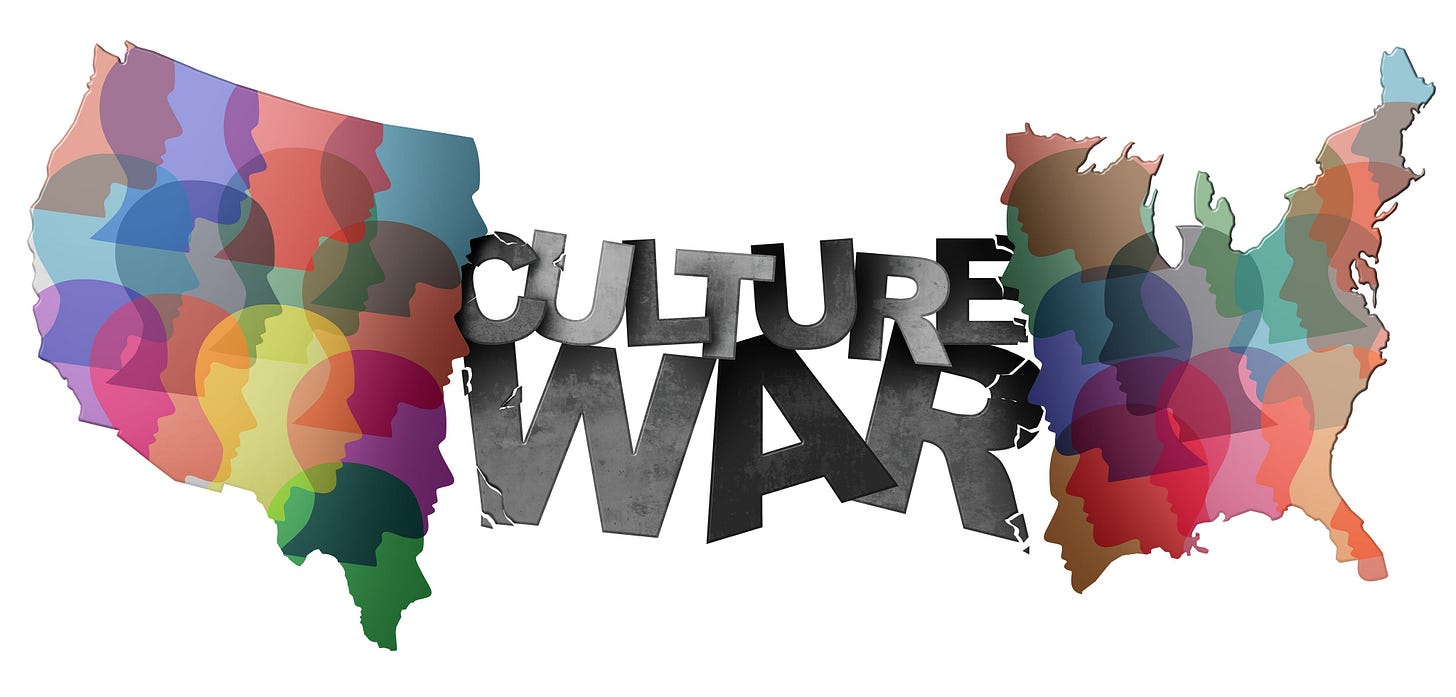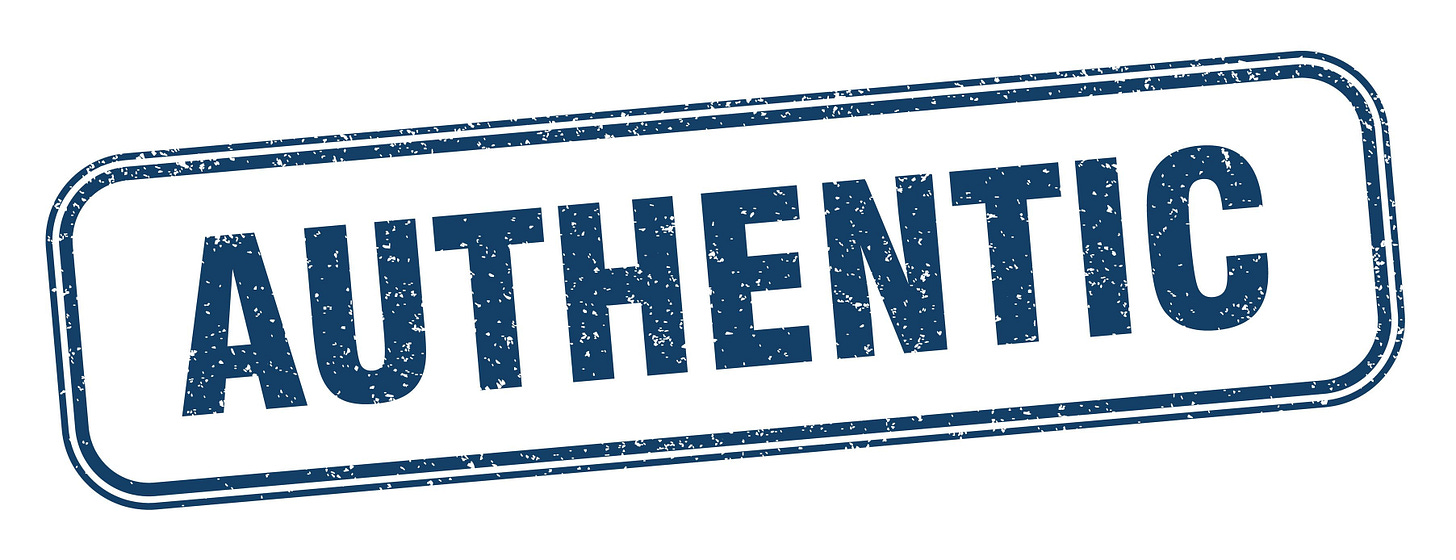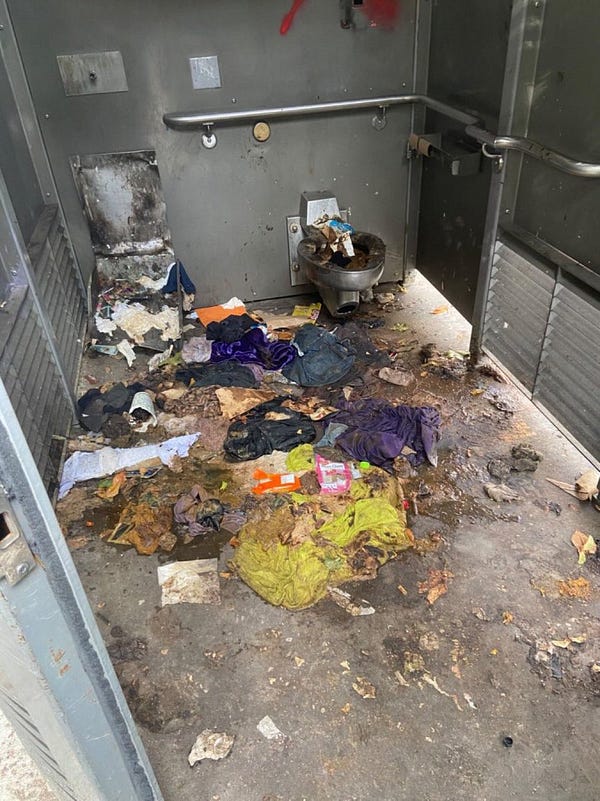E-Pluribus | October 27, 2022
California v. Florida: Culture War Smackdown!; authentic authenticity; and another look at affirmative action.
A round-up of the latest and best writing and musings on the rise of illiberalism in the public discourse:
Ross Douthat: Newsom vs. DeSantis Is Our Inevitable Culture War
In his New York Times column, Ross Douthat looks at the culture war in the context of two states on opposite ends of both the country and the cultural divide: Florida and California. Douthat theorizes that perhaps the level of conflict itself may finally awaken both sides to the idea that governing by opposite extremes cannot end well for the country and that we may very well have to compromise to remain united (at least in some sense) as a country.
[M]uch of contemporary liberalism, staring down the prospect of another electoral defeat, has convinced itself that this pattern [to “reward its friends and punish its opponents, to apply the rules of the game unequally, to limit principles like free speech, religious liberty and freedom of association”] exists only on the other side of the aisle, that only conservatives are plotting “endless political warfare” without any concern that it “might violate anybody’s rights,” as Jonathan Chait of New York magazine put it in a recent portrait of the national conservatism gathering in Florida.
And indeed, much of Trump-era conservatism is convinced that worrying too much about classical-liberal niceties is a sucker’s game. But anyone who imagines that Trumpism took shape in isolation needs to understand how this “don’t be a sucker” attitude has been reaffirmed and strengthened by progressive governance that seems equally unconcerned about neutrality or fairness.
Consider one of the sharpest contrasts in our national life right now, the difference between Gov. Ron DeSantis and Gov. Gavin Newsom, Florida and California. In liberal polemic, DeSantis is the frightening embodiment of illiberalism after Trump, a punitive practitioner of governmental overreach — using the powers of his office to go after corporations that speak out on liberal causes, undermining free speech in Florida universities, threatening unjust restrictions on medical care for gender-dysphoric kids.
If you are a Florida progressive frightened by DeSantis’s political warfare, though, consider the position of a social or religious conservative in California in recent years. A recent summary from David French, himself no partisan of the populist right, is a good place to start: He writes that “over the last decade, California Democrats have launched their own frontal attack on the First Amendment, one that matches or exceeds Gov. DeSantis’s in both intensity and scale.” [. . .]
[ . . . ]
So what preserves a liberal order when there’s no such common vision, just the crumbled remains of one, with increasingly incommensurate visions of the good and true competing in the rubble? One answer might be conflict itself. In this theory the fight will eventually generate the truce: The reality that a sprawling empire of 300 million cannot be governed the way one would a deep-blue or red state will become more apparent the more intensely America’s different factions fight, until the current peak of culture war yields to a somewhat exhausted peace — with federalist solutions, acceptance of pluralism and difference, a recognition that we can remain one country with, say, varying abortion laws.
Read the whole thing.
Niamh Jiménez: Rethinking Authenticity
Living online often produces various versions of ourselves and as the information age continues, there are more and more calls for authenticity. Writing at Quillette, Niamh Jiménez examines what authenticity might look like in our current context and finds that “I just want to be myself!” is more complicated than it might first appear.
And so, it is hardly surprising that we call for the liberation of self-expression from the shackles of normative expectations and apparently arbitrary cultural rules. We dream of getting rid of our profound self-consciousness—the apparent source of our “inauthenticity”—by being more like a child or like my grandmother who has dementia: each can be seen to be beautifully in touch with their subterranean cauldrons of unrestrained impulse. Each appears to be free of the almighty burden of dissonance: that dreadful feeling that arises whenever we speak or act against our internal thoughts, values, and inclinations. This feeling, which surfaces every day, multiple times a day, reminds us of our endless infidelity to our “true” selves: You’ve just cheated on me … again!
As romantic as the idea of uninhibited self-expression can be, the reality is distinctly less attractive. One might even wonder how the benefits of this kind of “authenticity” are not far outweighed by the almost guaranteed social rejection. Infants—still under the spell of their own magical omnipotence—demand what they want without hesitation or self-restraint. They are, some might think, little authenticity machines worth emulating. But reality proves otherwise. While the often inappropriate observations of children are usually met with affection and laughter, my grandmother’s remarks about people’s wonky teeth failed to elicit the same positive response.
And yet, it can feel surprisingly good to believe that we each have inside of us an “inner child” or a “true self” just waiting to be released, not unlike the embryonic xenomorph in Alien’s iconic chest bursting scene. It feels good because it supplies us with a simple, tangible solution to a much more complex existential reality: reverse your own social conditioning (i.e., let your “inner child” out of its box) and you won’t feel cheated any longer. There is however one major problem with this popular formula. What we have rejected as our “inauthenticity” or our “infidelity” to true self or our estrangement from our “inner child” is one of the inescapable conditions of being a social animal.
Read it all.
Richard D. Kahlenberg: The Affirmative Action That Colleges Really Need
Self-described liberal Richard D. Kahlenberg, writing for The Atlantic, says that his criticisms of affirmative action have earned him “horrified” responses from some of his fellow progressives. While Kahlenberg believes inequities in society are indeed a problem, viewing those inequities primarily through a racial lens obscures the true problem which Kahlenberg identifies as class and wealth.
Most Americans, including me, think that colleges and universities should not simply perpetuate the rampant inequities in our society. Although selective schools typically give a modest boost to disadvantaged applicants—including first-generation college students and applicants from low-income families—I believe that admissions deans should make greater allowances than they do now. Yet average Americans and elite-university officials view admissions policies in radically different ways. Many of the former imagine a meritocracy in which students who work hard to develop their talents are rewarded by admissions to selective colleges that will then help them advance in life.
[ . . . ]
The current system has ugly side effects. In the zero-sum game of college admissions, the overrepresentation of any group relative to its share of the population or applicant pool impedes a university’s diversity goals. So Harvard has sought ways to limit the number of Asian American students, just as it limited the number of Jewish students in the early 20th century. Harvard receives tens of thousands of applications and uses a numerical scale to compare them. On academic measures, Asian American applicants score higher on average than white, Black, or Latino applicants. Rather than setting hard quotas for Asian Americans—which would violate federal law—admissions officers have routinely rated them lower on subjective attributes such as “integrity, helpfulness, courage, kindness, fortitude, empathy, self-confidence, leadership ability, maturity, or grit.”
When universities are forced to stop using race-based admissions, they find fairer ways to achieve racial diversity. After California voters approved the first statewide ban on racial preferences at public universities in 1996, institutions affected by similar measures across the country have adopted an array of progressive policies that indirectly promote racial diversity by doing more to admit socioeconomically disadvantaged students. Thankfully, the political system won’t tolerate resegregation of higher education by race. In red and blue states alike, therefore, colleges that cannot employ race-based preferences have increased financial-aid budgets, taken top-ranking students from high schools in poor communities, dropped the use of legacy preferences, and increased admission of students who transfer from community colleges. Without using race, UC Berkeley and UCLA—which, among the top 25 national universities as ranked by U.S. News & World Report, consistently have the highest percentage of students who receive federal Pell Grants—in 2021 admitted their most racially diverse classes in more than 30 years.
Read it all here.
Around Twitter
David French with some thoughts on Twitter discourse:


A discussion between Shadi Hamid and Mark Yzaguirre on the profligate use of “fascism”:






And finally, to be fair, “successful” IS a subjective term…








